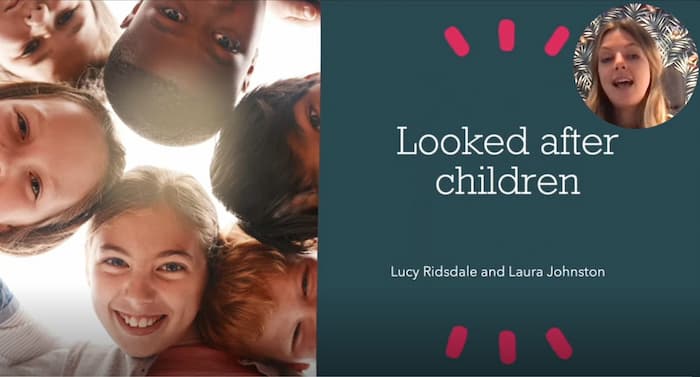Was not brought safeguarding resources
Members of the dental team are in a position where they may identify signs of abuse or neglect, or hear something that causes them concern. The dental team has an ethical responsibility to find out about local protection procedures for adults, children and young people and to follow them if they are or might be at risk of abuse or neglect (Standards for the Dental Team. GDC, 2013).
Was not brought
Why worry about missed appointments?
Missed healthcare appointments are the most common reason for dentists to make child protection referrals. They cause concern because they:
- May be an alerting feature that a child or young person is being neglected
- Are often found when a child has died or been seriously harmed by maltreatment, when a ‘serious case review’ is conducted
- Should be followed up rigorously but that isn’t always easy to do.
‘Was not brought’, rather than ‘Did not attend’ matters
Describing children and young people (CYP) as ‘Was not brought’ (WNB) instead of ‘Did not attend’ (DNA) encourages us to think about the situation from the child’s perspective and potentially take action to safeguard them.
Please download our guide: Implementing 'Was Not Brought' in your practice and use the initiative in your practice.
The WNB pathways were developed by Jenny Harris and Jen Kirby for Community & Special Care Dentistry, Charles Clifford Dental Services, Sheffield Teaching Hospitals NHS Foundation Trust. Special thanks for assistance with the blue and purple pathways go to Mohammad Owaise Sharif (for BOS), James Bird and Jo Adlington. The implementation toolkit is supported by the BDA as a service to members and the profession, in order to encourage and promote safeguarding.
Downloads
'Looked after children' dental pathway toolkit

Looked after children (LAC) are a vulnerable group who are known to face inequalities. Developing dental pathways to facilitate access to dental care and information sharing between organisations can help to improve oral health. Evidence surrounding dental health of LAC is scarce and data collected as part of dental pathways could help inform future care planning.
This toolkit provides information about setting up a pathway to support dental assessment and dental care for LAC. Stakeholders have been involved throughout the development of this simple framework including Paediatric Dentistry Managed Clinical Networks, Local Dental Committees, Local Dental Networks, LAC health teams and Local Authorities.
The documents utilised as part of a dental pathway are available below in editable format and there are two videos: one giving information regarding looked after children and the other on establishing a dental pathway. These are based on a pathway where there was access to practices who received funding to support vulnerable groups including LAC, but the pathway has been successfully implemented in areas without access to these practices and documents can easily be adapted to accommodate this.
This pathway aims for timely, consistent, high-quality assessment of children's’ oral health with findings incorporated into overarching health reports.
This pathway was developed by Lucy Ridsdale, Laura Johnston and Simon Hearnshaw. NHSE WTE Yorkshire and Humber kindly funded the development of the toolkit. It is hosted by the BDA for the benefit of the dental profession, carers and looked after children.
The team would like to acknowledge Sheridan McDonald, Emma Pye, Katy Willitts, Catherine Baker, Mel Hutchinson and Adam Morby for their support in development of this pathway.
Expectations for safeguarding training
The following guidance gives a dental specific summary of the expectations for training needed from us and the British Society of Paediatric Dentistry on the roles and competencies for safeguarding adults, children and young people.
These roles and competencies apply to both NHS and private providers in all settings in which dentistry is practised.
All new starters should have a mandatory safeguarding introduction (children and adults) for a minimum of 30 minutes within the first six weeks of taking up the post.
For adults, children and young people:
The majority of dentists and dental care professionals will require level 2; in larger organisations, including hospitals and community-based specialist services (special care dentistry, paediatric or other relevant dental specialties such as orthodontics) the precise number of dentists and dental care professionals requiring level 3 competencies should be determined locally based on an assessment of need and risk.
Requirements for safeguarding training are defined in the documents Adult Safeguarding; Roles and Competencies for Health Care Staff (First edition August 2018) and Safeguarding children and young people: Roles and competencies for healthcare staff (January 2019).
